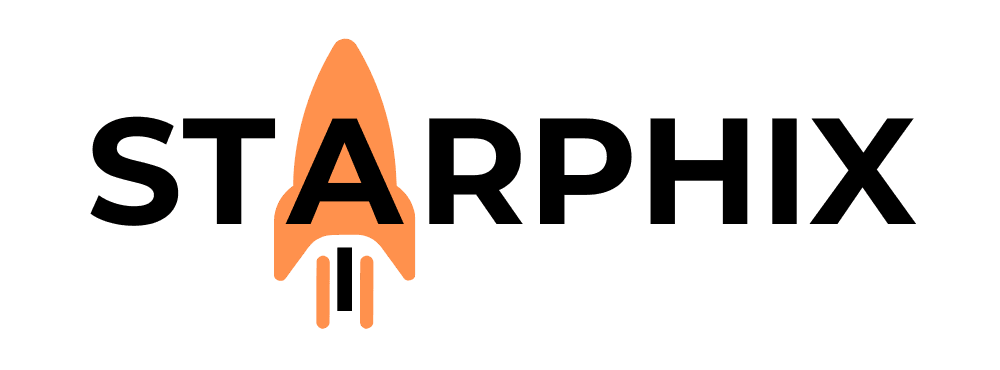Introduction: Getting More for Less 🤔 #
You have a powerful local AI lab, but how can you get the absolute best performance from your hardware? How is it possible to run a massive 70-billion parameter model on a consumer graphics card? The answer lies in optimization. Optimization techniques are the secret sauce that makes models smaller, faster, and more efficient without a significant loss in intelligence. Understanding the two most important techniques—Quantization and Pruning—will give you a deeper appreciation for the models you run every day.
(Image Placeholder: A graphic showing a large, complex brain icon on the left. An arrow labeled “Optimization” points to the right, where the brain icon is now smaller, sleeker, and has a lightning bolt on it, symbolizing increased efficiency.)
Quantization: The Art of Smart Compression 🗜️ #
Quantization is the most common and impactful optimization technique you will encounter. It is the primary reason we can run such large models on our local machines.
- What It Is: At its core, quantization is a clever form of compression. It reduces the “precision” of the numbers (the parameters) that make up the AI model.
- A Simple Analogy: Imagine you have a massive, ultra-high-resolution photograph. The file is huge because it stores the exact color value for every single pixel with extreme precision. If you save that photo as a high-quality JPEG, the file becomes much smaller. The JPEG format cleverly stores the color information a bit less precisely, in a way that the human eye can barely notice. The image looks almost identical, but it’s a fraction of the original file size.
- How It Works for AI: Quantization does the same thing for AI models. It takes the highly precise 32-bit or 16-bit numbers in the original model and converts them into much smaller and simpler 4-bit or 8-bit numbers.
- The Practical Benefit: A quantized model uses significantly less VRAM and runs much faster. The small loss in “precision” has a very minimal, often unnoticeable, impact on the model’s performance for most tasks. When you download a model with Q4_K_M in its name, you are downloading a well-optimized, 4-bit quantized model.
Pruning: Trimming the Unnecessary ✂️ #
If quantization is about compressing the existing parts of a model, pruning is about removing the parts that aren’t needed at all.
- What It Is: Pruning is a technique used to identify and permanently remove redundant or unimportant connections (“neurons”) within the model’s neural network.
- The Analogy: Think of pruning a rose bush. In the spring, you strategically trim away the dead or non-productive branches. This doesn’t harm the bush; it actually makes it healthier and allows it to focus its energy on producing beautiful flowers. Pruning an AI model works the same way, removing the “dead wood” to make the model leaner and more efficient.
- Who Does It?: Unlike choosing a quantized model, pruning is a more complex process that is typically performed by the AI researchers and developers who create the models, not by the end-user. It’s a key technique they use to create more efficient base models before they are released to the public.
The Optimized Workflow ✨ #
By understanding these concepts, you can make smarter choices. By selecting a well-quantized model, you are already practicing smart optimization and getting the most performance out of your hardware. This pursuit of optimal performance—getting the most intelligence-per-watt from your system—is a core tenet of any professional AI setup. It’s why the PaiX platform is built not just on powerful hardware, but on the philosophy of ensuring every model deployed for our clients is expertly optimized. This guarantees the best possible speed, efficiency, and responsiveness, turning a great local AI experience into an exceptional one.
Related Reading 📚 #
- What’s Next?: The StarphiX Vision: From DIY Homelab to a Professional PaiX Local Workstation ✨
- Go Back: An Introduction to Fine-Tuning Your Own Models ⚙️
- Review the Basics: A Guide to Model Sizes: What Do 7B, 13B, and 70B Really Mean? 📏


